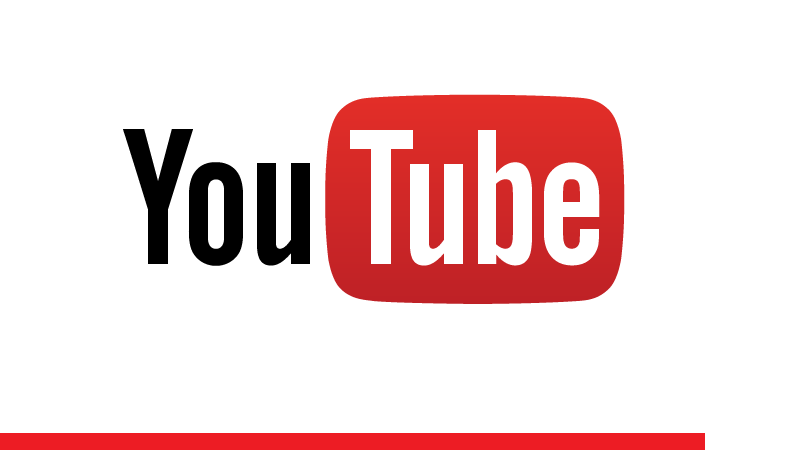When it comes to misinformation online, YouTube has often been the slowest to react when compared to platforms such as Facebook or Twitter.
Granted, YouTube has a tougher time policing its content given the quantity of content uploaded every hour but now we have an explanation for why YouTube appears to be more lenient. To be clear, YouTube isn’t lenient, it’s simply taking a moment to assess the facts according to chief product officer, Neal Mohan.
“The most important thing we can do is increase the good and decrease the bad. That’s why at YouTube we’re ratcheting up information from trusted sources and reducing the spread of videos with harmful misinformation. When people now search for news or information, they get results optimised for quality, not for how sensational the content might be,” Mohan explains.
The CPO says that “bad content” (that is, content that violates YouTube’s policies) only represents 16 – 18 percent of total views on the platform.
As regards coronavirus misinformation, Mohan says that YouTube has removed over one million videos containing “dangerous coronavirus information like false cures or claims of a hoax” since February 2020.
That number seems rather low but Mohan also says that YouTube removes around 10 million videos a quarter, the majority of which don’t even reach 10 views.
There’s also the matter of – to paraphrase Mark Zuckerberg – being an arbiter of truth.
“An overly aggressive approach towards removals would also have a chilling effect on free speech. Removals are a blunt instrument, and if used too widely, can send a message that controversial ideas are unacceptable. We’re seeing disturbing new momentum around governments ordering the takedown of content for political purposes. And I personally believe we’re better off as a society when we can have an open debate. One person’s misinfo is often another person’s deeply held belief, including perspectives that are provocative, potentially offensive, or even in some cases, include information that may not pass a fact checker’s scrutiny,” says Mohan.
YouTube then needs to walk a very thin-line but it does say that is drawing on reputable organisations for guidance on what is dangerous misinformation and what isn’t. In that regard YouTube hopes to be able to provide users with better access to quality information from said reputable sources.
“Some will likely disagree with our approach and ask us to take down or leave up even more content, but I’m buoyed by the progress of these early investments. Our teams continue to work around the clock to improve our systems and we’ll keep building on the foundational work that helps us combat misinformation,” writes Mohan.
While it might seem as if YouTube is slow to react, it’s clear the platform is working hard behind the scenes to tackle misinformation.
[Source – YouTube]

